Chapter 1. How Would You Know If There is a “Hot Hand” in Basketball?
1.1
By:
C. Nathan DeWall, University of Kentucky
David G. Myers, Hope College
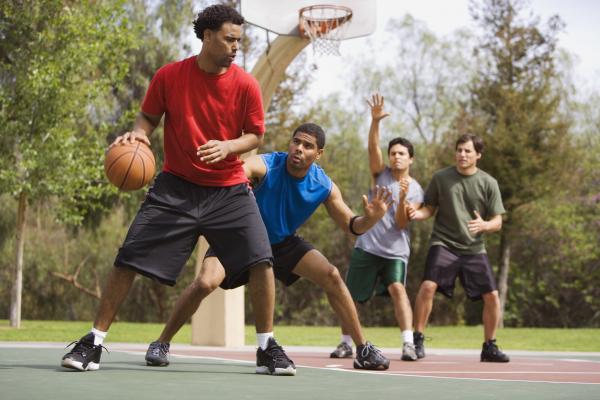
1.2
Note: You will be guided through the Intro, Design, Measure, Interpret, Conclusion, and Quiz sections of this activity. You can see your progress highlighted in the non-clickable, navigational list at the right.
Watch this video from your author, David Myers, for a helpful, very brief overview of the activity.
1.3

So, how would you know if there is a “hot hand” in basketball? Many people believe that a player is more likely to make a basket after having just made one than after missing one—that players who are doing well have a “hot hand.” Is this true? To study this question effectively in your role as researcher, you need to DESIGN an appropriate study that will lead to meaningful results, MEASURE the hot hand in basketball in your participants, and INTERPRET the larger meaning of your results, considering how your findings would apply to the population as a whole.
We will start by choosing the best research design. Of the following options, which would be best for finding out if there is a hot hand in basketball?
| A. |
| B. |
| C. |
Click on "Video Hint" below to see brief animations describing Case Studies, Naturalistic Observation, and Experiments.
Video Hint
1.4
Case Studies:
Naturalistic Observation:
Experiments:
1.5

Next, you need to select the participant(s) for your Case Study. With a Case Study design, you will choose one person or a small group of people, such as a specific team or club, and then study them in depth.
Of the following options, which one represents the BEST person or persons for your study?
| A. |
| B. |
| C. |
| D. |
1.6
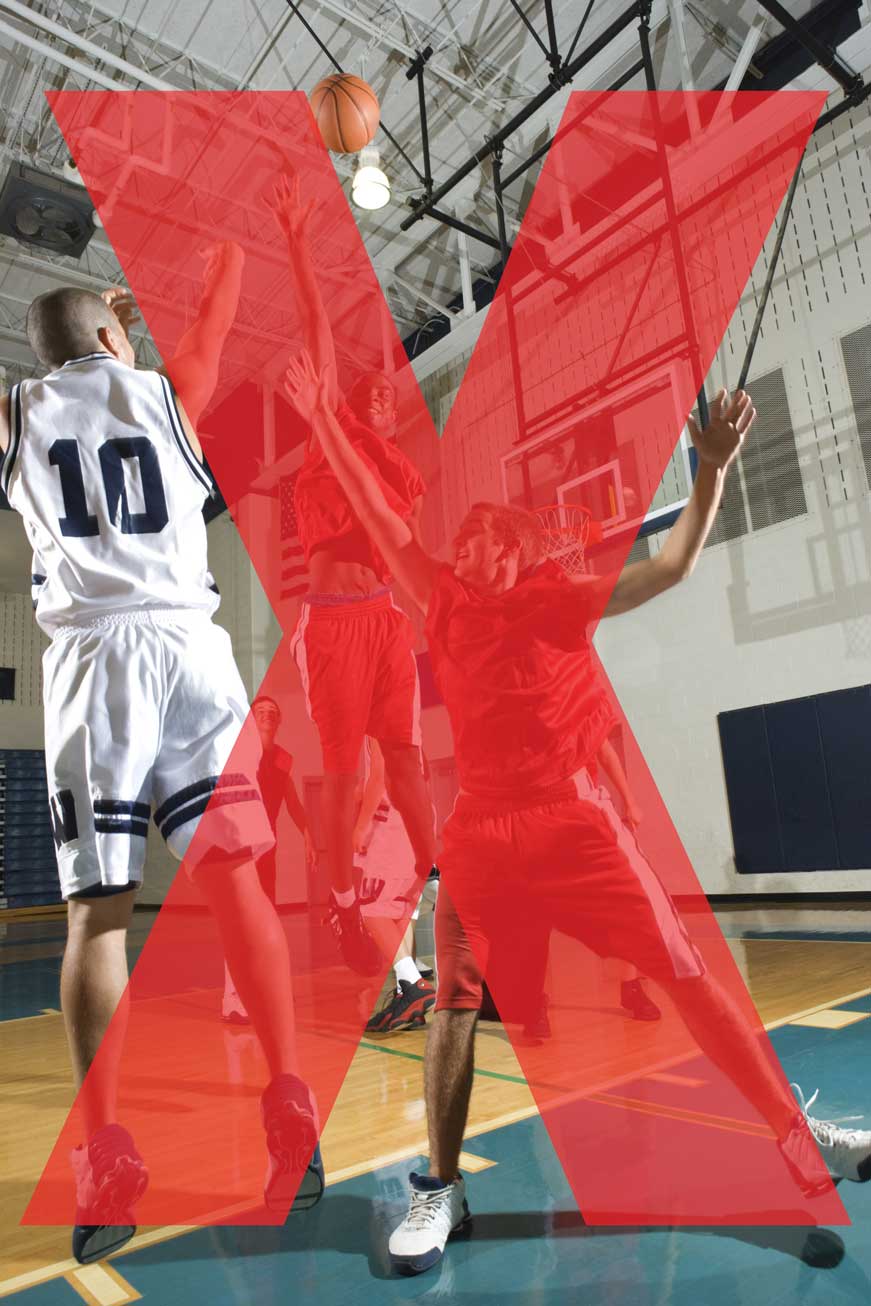
What could we learn from these participant choices?
a. One person or a small group of people who regularly play basketball To know whether there is a hot hand in basketball, you would want to observe people who regularly play basketball. You will want to be able to compare apparent “streaks” in shooting performance with participants’ typical shooting performance. HOWEVER, you need to study a larger group, and not one individual or a small group of people, as you would in this Case Study approach, in order to determine if the idea of a hot hand may apply to a larger population.
b. One person or a small group of people who have never watched basketball Just knowing whether people have ever watched basketball does not give us information about whether they would make good candidates for being observed in this study. They might not even know the rules of the game!
c. A talented swimmer who likes to watch basketball This person is not a good candidate because it is unclear whether the individual has ever played basketball. To know if there is a hot hand in basketball, we would need to observe people who regularly play basketball, and we would need information about their basketball shooting history.
d. A basketball fan who believes in the hot hand Just because people believe in the hot hand does not mean that they will be appropriate study participants. We need to know their basketball shooting history.
Trying to choose a participant or small group of participants helps us realize that the CASE STUDY IS NOT THE BEST RESEARCH DESIGN to test this question. We’d get more helpful results by observing large groups of people who regularly play basketball, taking into account their previous shooting performance. This would help us determine whether there is a hot hand in basketball.
Click “Next” to go back and try again to select the most effective research design.
1.7

Nice work! You have correctly chosen a Naturalistic Observation design for testing this question.
Next let’s select the best participants for your study, in this case the best groups of people to observe.
| A. |
| B. |
| C. |
| D. |
1.8
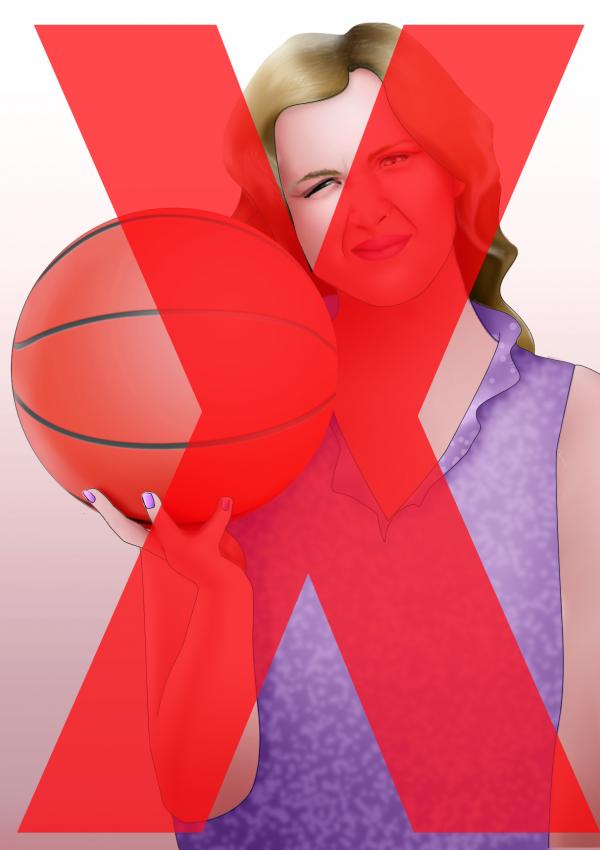
You chose People who have never played basketball, but this is NOT CORRECT. You will want to observe those who regularly play basketball, so that they have an average scoring ability that you can use to compare to their rate of scoring after having just made a basket and after having just missed a basket.
Click “Next” to try again to select the best group to observe in your study.
1.9

You chose A group of talented swimmers who like to watch basketball, but this is NOT CORRECT. Knowing whether your participants are fit and athletic is not enough to know whether they would be good candidates for your study. You will want to observe those who regularly play basketball, so that they have an average scoring ability that you can use to compare to their rate of scoring after having just made a basket and after having just missed a basket.
Click “Next” to try again to select the best group to observe in your study.
1.10
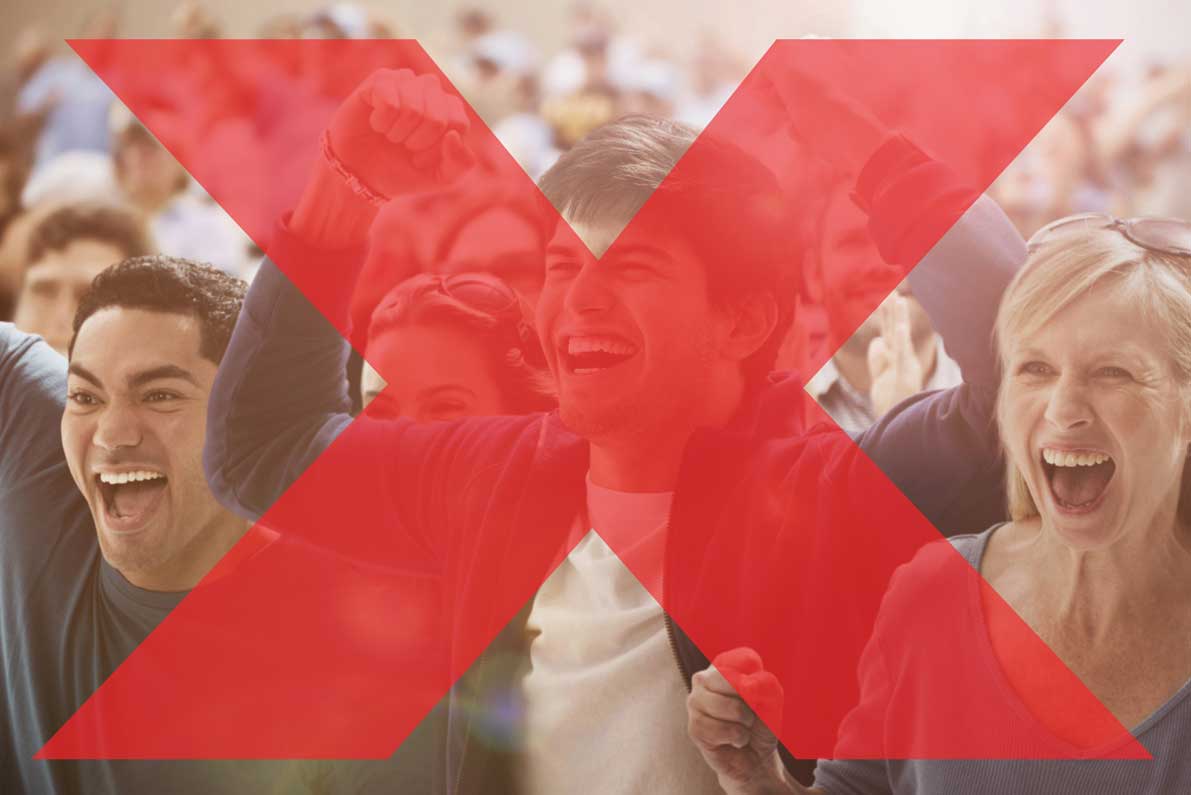
You chose A group of basketball fans who believe in the hot hand, but this is NOT CORRECT. Knowing whether people believe in the hot hand does not tell us what we need to know. You will want to observe those who regularly play basketball, so that they have an average scoring ability that you can use to compare to their rate of scoring after having just made a basket and after having just missed a basket.
Click “Next” to try again to select the best group to observe in your study.
1.11

You have chosen an Experimental design for your study. This means you need to set up experimental and control conditions.
How would you do this?
1.12

This is tricky, isn’t it? In the experimental group, you could ask participants to try to make as many baskets as they can. But setting up a control condition is more difficult. Would you instruct those in the control group to shoot badly? Would their purposely-bad performance really provide an appropriate basis of comparison with those in the experimental group? And what about the effects of a crowd and the reality of playing in an actual game? If this question were tested in a lab, could we generalize the results to shooting behavior in real basketball games?
Click “Next” below to try again to select a research design that would effectively help you to determine if there is a hot hand in basketball.
1.13
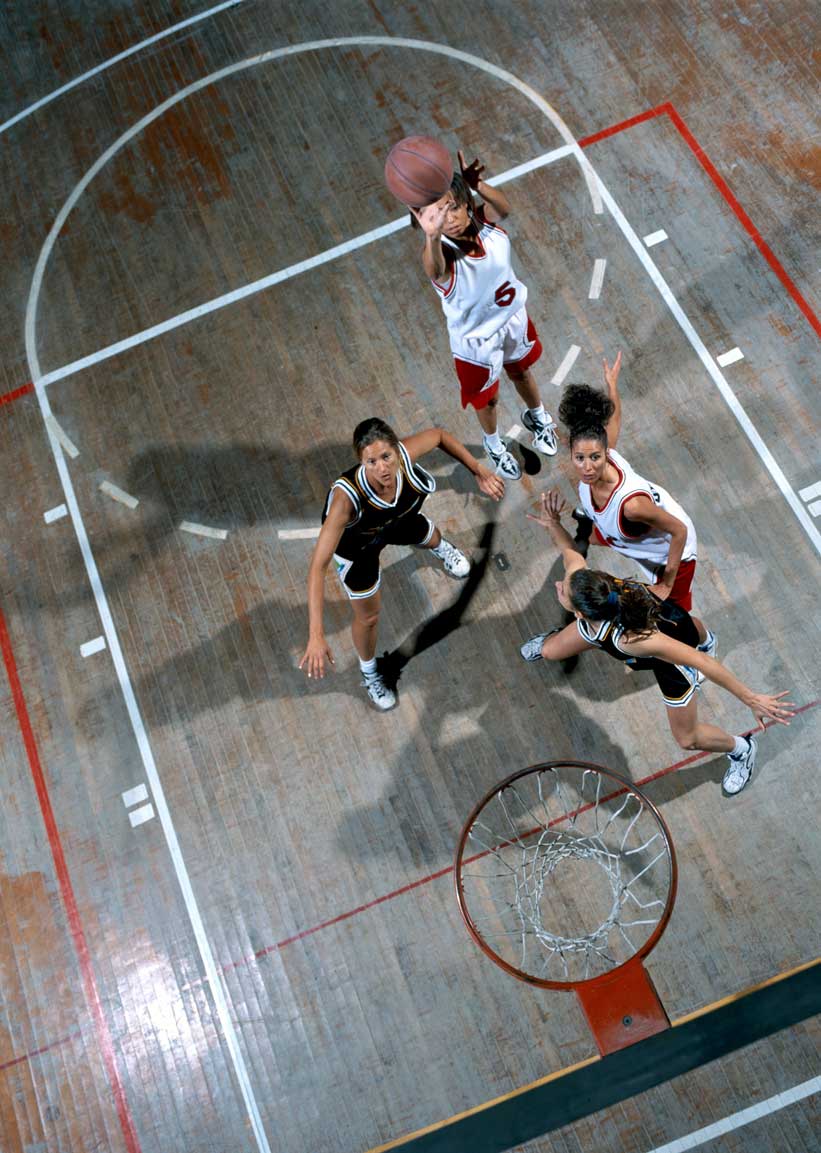
Good job! You have correctly chosen to use a Naturalistic Observation design, and you’ve selected an appropriate sample of participants—large groups of people who regularly play basketball.
Now you need to determine how best to MEASURE the relevant behavior or mental process, which in this case is a hot hand in basketball shooting—the idea that players are more likely to make their next shot after having just made rather than missed another shot.
Of the following options, which one would be the BEST way to measure the hot hand in basketball? Select the measurement option below that you think would work best.
| A. |
| B. |
| C. |
| D. |
1.14

You chose Count how many baskets each player makes, but that is NOT CORRECT.
This exercise would tell you something about each participant’s average shooting ability, but it would not give you the information you need about the hot hand. To know whether a prior basketball shooting outcome influences the outcome of the current shot, you need to track players’ performance on consecutive shots, and compare that to the player’s average shooting.
Click “Next” to try again to select the best way to measure the target behavior.
1.15
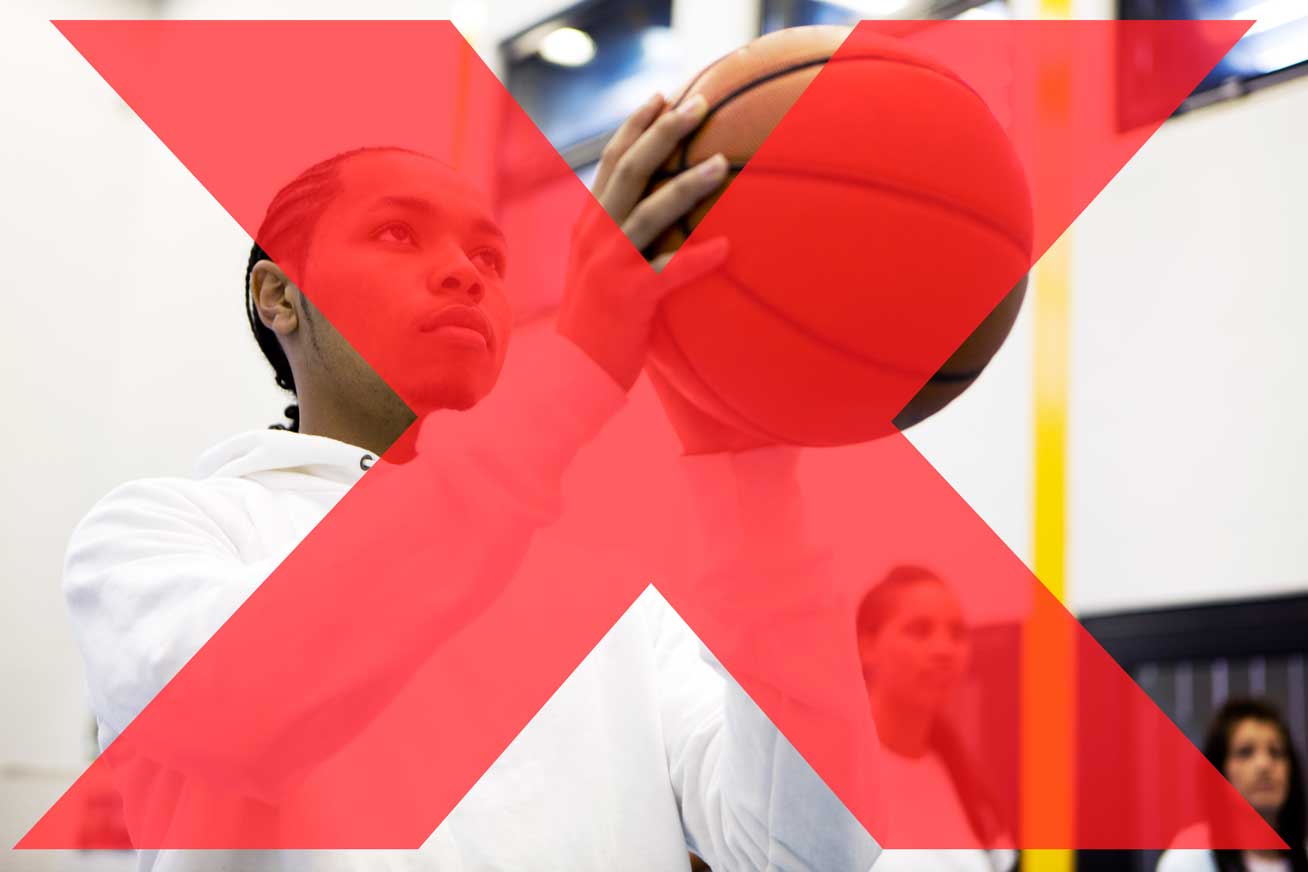
You chose Have players rate their confidence in making two consecutive baskets, but that is NOT CORRECT.
You need to measure actual basketball shooting in order to determine whether there is a hot hand in basketball. Measuring confidence is not the same thing as measuring actual basketball shooting behavior.
Click “Next” to try again to select the best way to measure the hot hand.
1.16
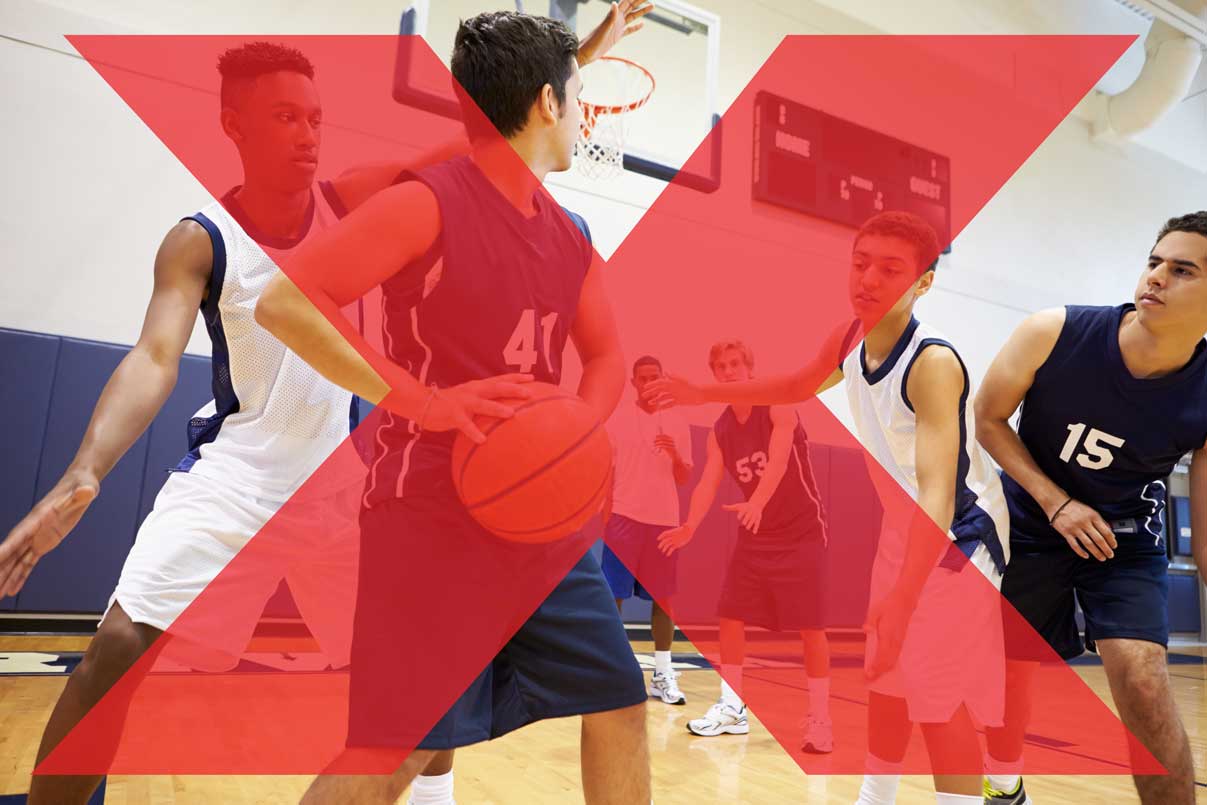
You chose Observe and carefully track players’ shooting, then determine if the odds of each player’s making a basket after having just made a basket were greater than their team’s average scoring would predict, but that is NOT CORRECT.
To know whether the hot hand exists, you need to compare the probability of your participants’ scoring based on their own average shooting behavior. Comparing a person’s shooting behavior to their team’s average shooting will not tell you if the hot hand exists.
Click “Next” to try again to select the best way to measure the hot hand.
1.17

Good work! You’ve correctly chosen to use a Naturalistic Observation DESIGN, and you’ve selected an appropriate sample—large groups of people who regularly play basketball. You’ve also chosen an effective way to MEASURE the hot hand—you will Observe and carefully track players’ shooting, then determine if the odds of each player’s making a basket after having just made a basket were greater than their own average scoring would predict.
Next you need to consider how you can apply what you’ve learned to the larger population—beyond the people you’ve studied. Consider where you might encounter roadblocks to confidence in your results. What factors might keep you from being able to apply what you’ve learned in a broader context?
1.18
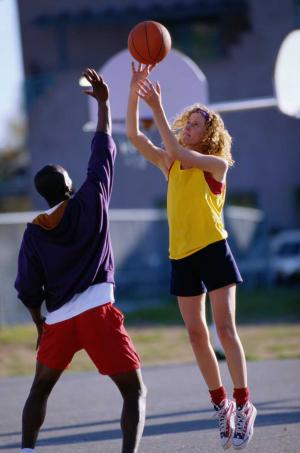
You are interested in knowing whether there is a hot hand in basketball. There are other factors that could affect basketball shooting outcomes in the people you’ve studied. These factors that could potentially interfere with our INTERPRETATION of results are called confounding variables.
Select all of the factors experienced by individual players that could affect your confidence about whether there is a hot hand in basketball shooting.
| Emotional state | |
| Preference for certain types of food | |
| Current energy level | |
| Quality of opposing team’s defense | |
| Number of Justin Bieber concerts attended |
Click on "Video Hint" below to see a brief animation describing Confounding Variables.
Video Hint
1.19
Confounding Variables:
1.20

The confounding variables for your study would include those highlighted below:
| Emotional state | |
| Preference for certain types of foods | |
| Current energy level | |
| Quality of opposing team’s defense | |
| Number of Justin Bieber concerts attended |
In fact, actual research has shown that ANY GIVEN PLAYER’S ODDS OF MAKING THE NEXT SHOT ARE UNAFFECTED BY THE PRIOR SHOT OUTCOME. The highlighted factors above do indeed affect shooting behavior, so it is important to keep track of how they may affect performance. But immediate prior shooting outcomes give no added clue to the next outcome.
Why do so many players and their fans struggle to come to terms with these ideas? Try a brief demonstration that might help you understand better.
1.21
Imagine that a basketball player, who has a 50 percent shooting average, takes 21 shots in a row. Click a sequence of makes and misses, below, to illustrate what you think a normal random variation would look like for this average player. How many times would he or she make or miss a basket, and what sort of pattern of makes and misses would we see with this average player?
For each shot, click to select a make or a miss:
| Basketball shots |
Make a basket 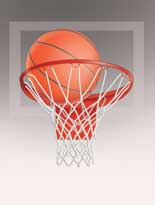
|
Miss a basket 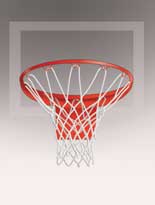
|
| 1st |
Make a basket |
Miss a basket |
| 2nd |
Make a basket |
Miss a basket |
| 3rd |
Make a basket |
Miss a basket |
| 4th |
Make a basket |
Miss a basket |
| 5th |
Make a basket |
Miss a basket |
| 6th |
Make a basket |
Miss a basket |
| 7th |
Make a basket |
Miss a basket |
| 8th |
Make a basket |
Miss a basket |
| 9th |
Make a basket |
Miss a basket |
| 10th |
Make a basket |
Miss a basket |
| 11th |
Make a basket |
Miss a basket |
| 12th |
Make a basket |
Miss a basket |
| 13th |
Make a basket |
Miss a basket |
| 14th |
Make a basket |
Miss a basket |
| 15th |
Make a basket |
Miss a basket |
| 16th |
Make a basket |
Miss a basket |
| 17th |
Make a basket |
Miss a basket |
| 18th |
Make a basket |
Miss a basket |
| 19th |
Make a basket |
Miss a basket |
| 20th |
Make a basket |
Miss a basket |
| 21st |
Make a basket |
Miss a basket |
| A. |
| B. |
| A. |
| B. |
| A. |
| B. |
| A. |
| B. |
| A. |
| B. |
| A. |
| B. |
| A. |
| B. |
| A. |
| B. |
| A. |
| B. |
| A. |
| B. |
| A. |
| B. |
| A. |
| B. |
| A. |
| B. |
| A. |
| B. |
| A. |
| B. |
| A. |
| B. |
| A. |
| B. |
| A. |
| B. |
| A. |
| B. |
| A. |
| B. |
| A. |
| B. |
1.22
| Basketball shots |
Make a basket 
|
Miss a basket 
|
| 1st |
Make a basket |
Miss a basket |
| 2nd |
Make a basket |
Miss a basket |
| 3rd |
Make a basket |
Miss a basket |
| 4th |
Make a basket |
Miss a basket |
| 5th |
Make a basket |
Miss a basket |
| 6th |
Make a basket |
Miss a basket |
| 7th |
Make a basket |
Miss a basket |
| 8th |
Make a basket |
Miss a basket |
| 9th |
Make a basket |
Miss a basket |
| 10th |
Make a basket |
Miss a basket |
| 11th |
Make a basket |
Miss a basket |
| 12th |
Make a basket |
Miss a basket |
| 13th |
Make a basket |
Miss a basket |
| 14th |
Make a basket |
Miss a basket |
| 15th |
Make a basket |
Miss a basket |
| 16th |
Make a basket |
Miss a basket |
| 17th |
Make a basket |
Miss a basket |
| 18th |
Make a basket |
Miss a basket |
| 19th |
Make a basket |
Miss a basket |
| 20th |
Make a basket |
Miss a basket |
| 21st |
Make a basket |
Miss a basket |
How did you do? Did you correctly portray a typical pattern for a 50 percent shooter? For an average shooter, the next shot outcome would differ from the previous shot (so a miss after a basket, or a basket after a miss) about half the time, so 10 times in this demonstration.
You predicted that the next outcome would differ __ times.
You predicted more alternations, and fewer shooting streaks, than would normally occur in random data. Random sequences are streakier than most people expect.
Having observed streaky play (many shots made in a row, or just the opposite), many players and fans have a hard time not believing in the supposed hot hand phenomenon. They believe that players who are “hot” will make many baskets in a row, and that players who are “not” will miss many in a row.
1.23
You may do better on the Quiz if you take notes while watching this video. Feel free to pause the video or re-watch it as often as you like.
REFERENCES
Blanchard, T. C., Wilke, A., & Hayden, B. Y. (2014). Hot-hand bias in rhesus monkeys. Journal of Experimental Psychology: Animal Learning and Cognition, 40, 280-286.
Gilovich, T., Vallone, R., & Tversky, A. (1985). The hot hand in basketball: On the misperception of random events. Cognitive Psychology, 17, 295-314.
Malkiel, B. G. (2007). A random walk down Wall Street (9th Ed.). New York: W. W. Norton & Company.
Oskarsson, A. T., van Boven, L., McClelland, G. H., & Hastie, R. (2009). What’s next? Judging sequences of binary events? Psychological Bulletin, 135, 262–285.
ADDITIONAL ACKNOWLEDGMENTS
We are grateful for the assistance of these helpful consultants in the preparation of our prototype for this project:
- Pamela Ansburg, Metropolitan State University of Denver
- Mackenzie Bayles, Jacksonville State University
- Lisamarie Bensman, University of Hawaii, Manoa
- Adam Brown, Memorial University
- Kristen Doran, Delaware County Community College
- Nichelle Gause, Clayton State University
- Toni Henderson, Langara College
- Darrin Iwamoto, Chaminade University of Honolulu
- Rosalyn King, Nova Southeastern University
- Claudia Lampman, University of Alaska, Anchorage
- Mary Livingston, Louisiana Tech University
- Christine Lofgren, University of California, Irvine
- Thomas Ludwig, Hope College
- Theresa Luhrs, DePaul University
- Megan McIlreavy, Coastal Carolina University
- Jennifer Poole, Langara College
- Lisa Routh, Pikes Peak Community College
- Randi Smith, Metropolitan State University of Denver
We are also grateful for the authoring assistance of Jason Spiegelman (The Community College of Baltimore County) in creating the “Video Hint” tutorial animations.
1.24
QUIZ: NOW WHAT DO YOU KNOW?
1. Why was it important to select study participants who played basketball regularly?
| A. |
| B. |
| C. |
| D. |
2. In your study, the other team’s defense was a confounding variable because:
| A. |
| B. |
| C. |
| D. |
3. Why was it not a good idea to measure the hot hand by counting the number of baskets each participant made?
| A. |
| B. |
| C. |
| D. |
4. Although there is no evidence that there is a hot hand in basketball, what helps explain why people still believe it exists?
| A. |
| B. |
| C. |
| D. |
5. If someone asked you whether there is a hot hand in basketball, how might you respond based on what you learned in this activity?